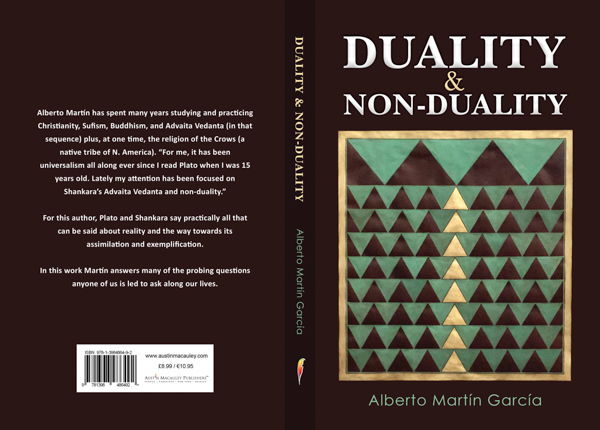Q: Advaita says that there is nothing beyond consciousness. Nothing can take place/occur without the background of consciousness. When consciousness takes the form of a human body, it is called soul/jīvātmā. When the body becomes sick, is it the soul which grieves / or only the mind?
A: There is nothing OTHER THAN Consciousness in reality. (‘Beyond’ implies that there are other things.) Consciousness is the foreground as well as the background! It is the mind that grieves when it thinks that ‘I am the body’. Consciousness never ‘does’ anything at all (including thinking).
Q: So what is the purpose of such ‘Being without doing anything’ in maintaining such BIG universe?
A: There is no universe in reality; there is ONLY Consciousness (Brahman). Please do not ask why there is the appearance of a universe, when there is only Brahman. Advaita does not really have an answer for this. The j~nAnI still sees a world but knows that it is Brahman. It is the mind that perceives ‘form’ and gives this a ‘name’.


